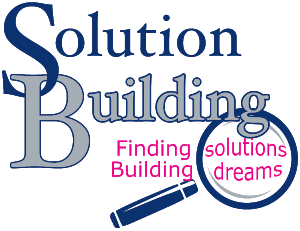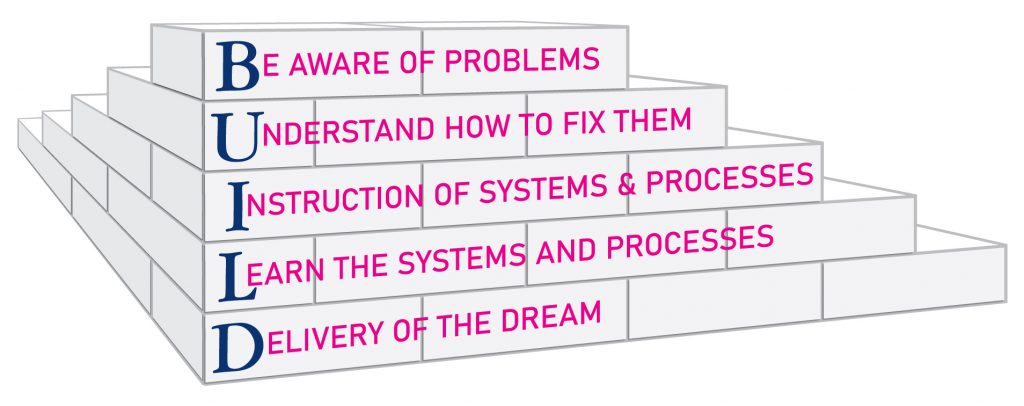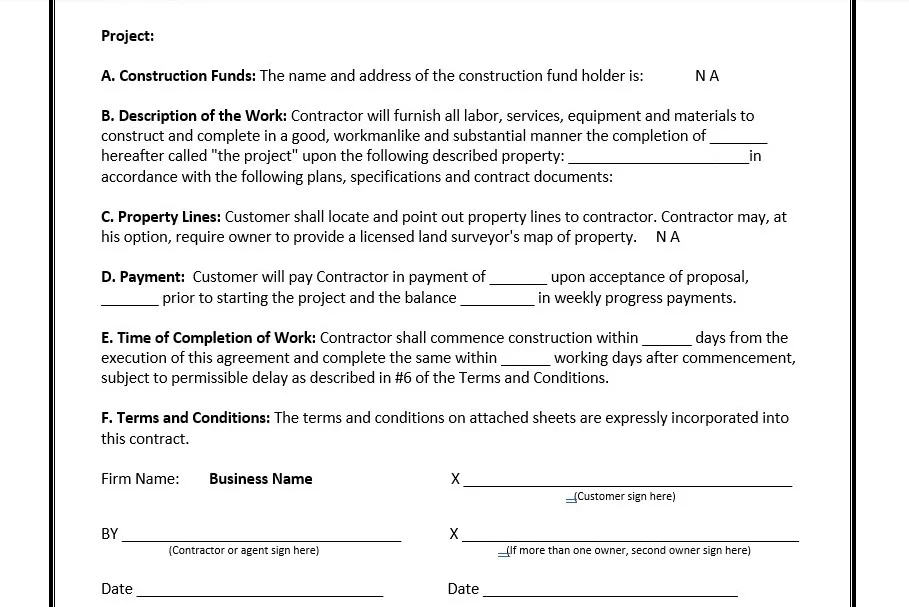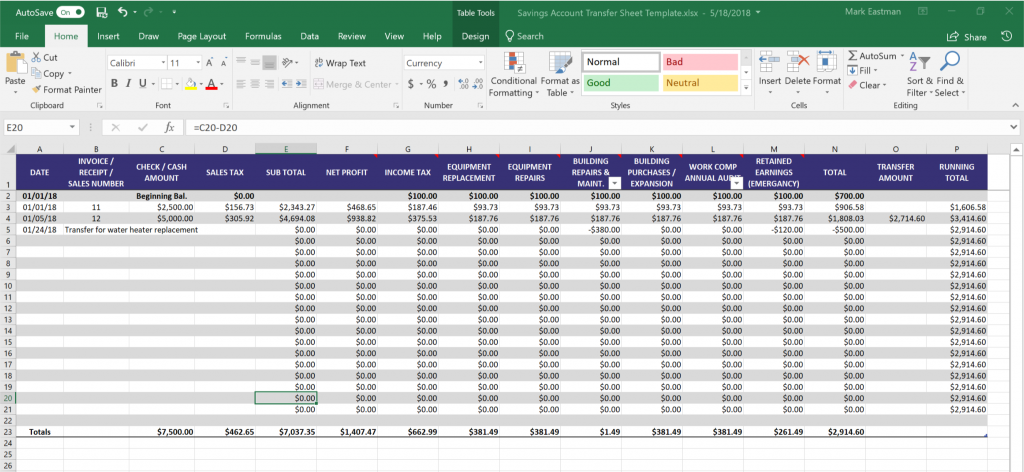Like the Construction of a Building – You Need a Plan for Your Company
If you own your own business and aren’t being intentional about the organizational operation of your company, it is likely that you won’t make it past your 5th year. This is according to the Bureau of Labor Statistics.
Just think about the number of businesses that you have seen come and go.

Whether you are a solopreneur or have a team. It doesn’t matter if you have been in business for 30 years or just starting out. Regardless of the kind of work you do, the organizational plan is just as important as the work you do…maybe more.
I know in my 40 years of being in business I have learned some lessons the hard way. Let me tell you, the tuition for ‘The School of Hard Knocks’ (SHK) is expensive. There were times when I got behind on taxes to pay bills and other times when I got behind on bills so that I could pay taxes. Neither of these is a very good business plan.
One of my SHK professors once told me, “That when you steal from Peter to pay Paul, you make Peter a Paul bearer”. If you want to avoid the need for a pallbearer for your business…you need a plan.
Starting a business without a plan is not a very good plan.

Often, someone who has learned a trade or a craft decides, for whatever reason, to go into business on their own. Most of the time they have given little, if any, thought to business structure.
You show up every day working hard and then…surprise, you owe some taxes and don’t have the money to pay them. You needed a plan…a Blueprint for Building a Better Business.
There are a lot of similarities in constructing a sound building and constructing a profitable business.
- Both need to start with design plans – The thing that gives you a clear direction of what you want the outcome to be.
- Both need an architect – The person that can see the vision of what the finished product will be.
- Both need a good solid foundation – The thing that will support you when the storms come.
- Both need a good framework – The thing that holds everything together.
- Both need a builder – The person that reads and understands the plans and puts all the different pieces together correctly.
- Both need the proper tools – These are what allow the pieces to be shaped and fastened together in the right places in the right order.
- Both need a good team – These are the different people with the different skills and knowledge needed.
It doesn’t matter if you have been in business for years or are just starting, YOU NEED A PLAN. If you would like to minimize the time you spend attending ‘The School of Hard Knocks’, then keep following our blog. We are working on some Business Building Solutions for just this purpose.

In what areas of building your business would some ‘higher education’ be helpful?
Originally posted 2/24/18.
